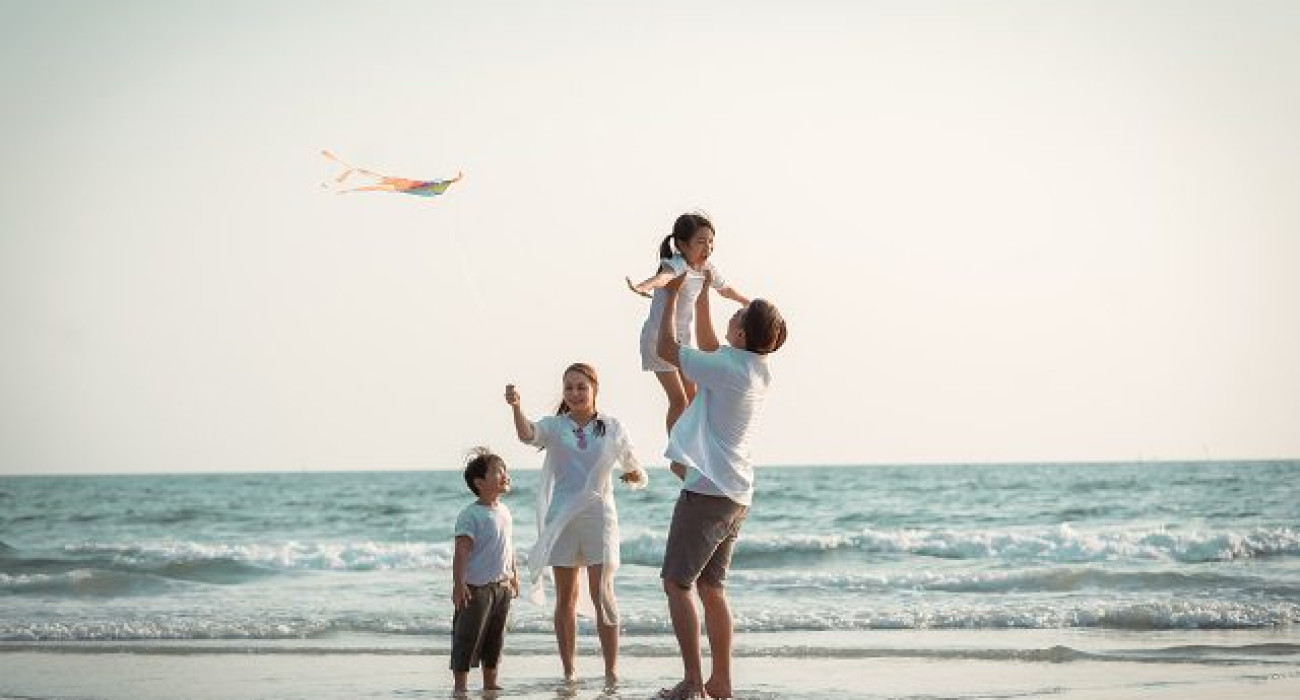Vacations are more than just a chance to escape work—they’re powerful resets for the brain, body, and spirit. But have you ever noticed how some vacations feel like they last forever, while others pass by in a blur? This isn’t just your imagination. The science of vacation happiness explains why certain trips seem longer, more fulfilling, and more memorable than others. Understanding these principles can help you design vacations that maximize joy, reduce stress, and create lasting memories.
In this blog, we’ll explore the hidden science of vacation happiness, uncovering why time perception shifts during travel and how you can use psychology and neuroscience to stretch the joy of your next trip.
1. The Brain Loves Novelty
The first secret of the science of vacation happiness lies in novelty. Psychologists say our brains are wired to pay more attention to new and unusual experiences. When you break your daily routine—by visiting a new destination, trying local food, or learning a new skill—your brain records more memories, making time feel fuller and longer.
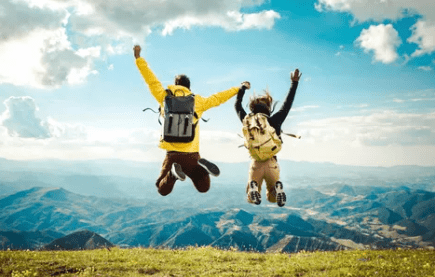
That’s why a week exploring Tokyo feels more expansive than a week at home. Novelty overloads the brain with new sights, sounds, and smells, which slows down your perception of time. To dive deeper, researchers at Psychology Today explain how novelty affects time perception.
Takeaway: Choose destinations and activities that break your routine to maximize vacation happiness.
2. The Planning Effect Boosts Joy
Interestingly, the science of vacation happiness shows that anticipation can be just as rewarding as the trip itself. A study published in Applied Research in Quality of Life found that travelers reported higher levels of happiness leading up to a vacation than after returning home (source).
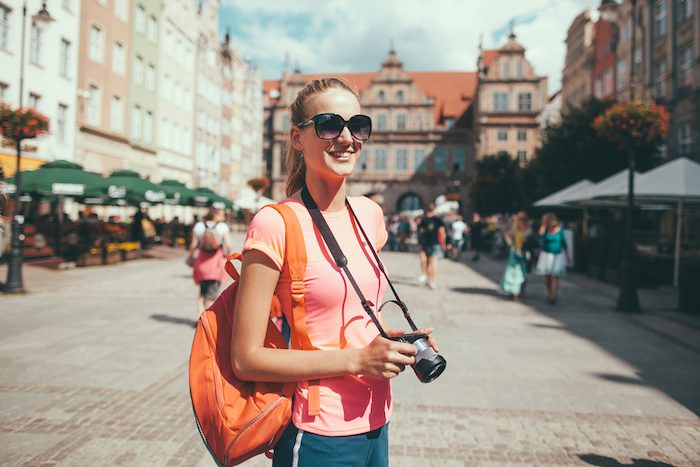
When you plan a trip, your brain releases dopamine, the “feel-good” neurotransmitter associated with reward and motivation. Looking at photos of your destination, planning excursions, and even picking restaurants all contribute to your sense of joy long before you pack your bags.
Takeaway: Start planning early and savor the anticipation—it’s part of the vacation experience.
3. Slow Travel Extends Time Perception
One of the biggest hacks in the science of vacation happiness is embracing slow travel. Instead of rushing from attraction to attraction, slow down and immerse yourself in a place. Walking through a neighborhood, chatting with locals, or lingering at a café allows your brain to absorb more details, which makes your trip feel longer.

The slow travel movement has gained popularity, with resources like Slow Travel World highlighting how intentional, unhurried journeys enhance both personal fulfillment and cultural connection.
Takeaway: Less is more—choose depth over breadth to extend your sense of time.
4. The First and Last Days Matter Most
According to the science of vacation happiness, the first and last impressions of your trip shape how you remember it. This is due to the “peak-end rule,” a psychological phenomenon where people judge an experience based on its most intense point and its conclusion.
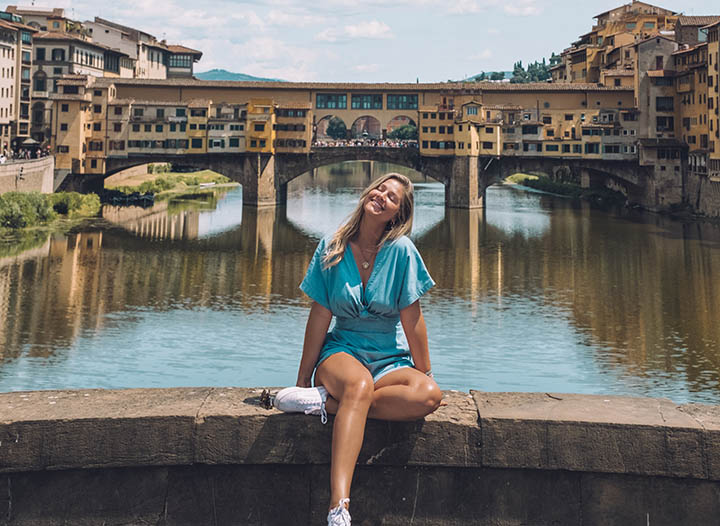
If your first day is smooth and exciting, and your last day ends on a high note, your brain encodes the vacation as more enjoyable and longer-lasting. That’s why it’s important to carefully plan your arrival day and give your departure day meaningful moments rather than letting them be stressful.
Takeaway: Curate strong beginnings and endings to anchor your vacation memories.
5. Disconnecting Increases Presence
The modern world keeps us glued to screens, but constant scrolling shortens time perception. The science of vacation happiness suggests that when you disconnect from digital devices, you’re more present, which helps you form richer memories.

A study from Harvard Business Review highlights how vacations are linked to improved mental health, but only when travelers allow themselves to step away from work and distractions.
Takeaway: Put the phone down, log out of email, and give yourself permission to be fully present.
6. Variety Within Structure Creates Balance
Too much structure can make a vacation feel rigid, while too much spontaneity can lead to chaos. The science of vacation happiness shows that the best trips balance variety with rhythm. Think of alternating between high-energy adventures and slower, restful days.
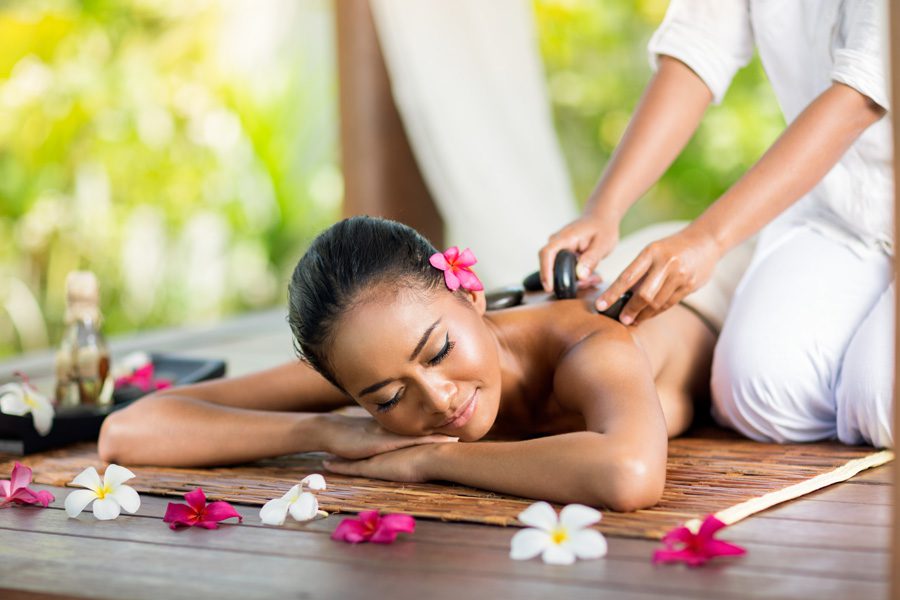
For example, pairing a day of hiking with a leisurely spa visit keeps your brain stimulated while preventing exhaustion. This balance helps you feel both productive and relaxed—two key ingredients in making a vacation feel longer.
Takeaway: Mix adventure with downtime to stretch time and satisfaction.
7. Memories Are the Real Currency
Finally, the most powerful insight from the science of vacation happiness is that our memories—not the length of the trip—determine how we feel about it afterward. Even a long vacation can feel short if it lacks standout moments, while a weekend getaway packed with meaningful experiences can feel expansive.

Researchers at Cornell University found that experiences bring more lasting happiness than material possessions because they shape identity and strengthen social connections. The photos, stories, and inside jokes from your trip will outlast the trip itself.
Takeaway: Prioritize meaningful moments, not just bucket-list checkmarks.
Final Thoughts: Designing Your Own Vacation Happiness
The science of vacation happiness teaches us that time is elastic. Trips that feel long and rewarding aren’t necessarily about how many days you take off but about how you design them. By embracing novelty, savoring anticipation, traveling slowly, curating first and last days, disconnecting, balancing activities, and focusing on memory-making, you can transform your vacations into experiences that feel timeless.
So the next time you’re planning a getaway, remember: it’s not about chasing more days, but about crafting the kind of moments that expand your sense of time and bring lasting joy. That’s the true magic behind why some trips feel longer than others.
